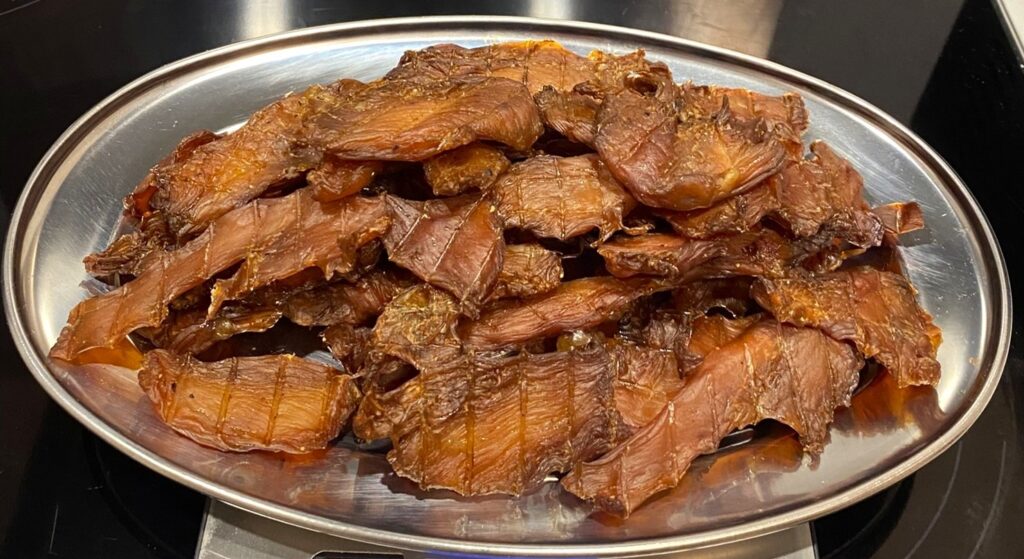The automotive world is buzzing with excitement as Mazda prepares to bring back one of its most iconic powertrains: the rotary engine. After more than a decade since the last RX-8 rolled off production lines in 2012, the Japanese automaker is orchestrating what might be the most anticipated comeback in modern automotive history.
From Concept to Reality
The journey back to rotary power began publicly at the 2023 Japan Mobility Show, where Mazda unveiled the stunning Iconic SP concept car. This wasn’t just another pretty show car designed to gather dust in a museum. According to Mazda’s design leadership, this concept has been developed with real intent to reach production in the not-so-distant future.
The concept’s design takes clear inspiration from the beloved FD RX-7, complete with pop-up headlights that sparked nostalgic excitement among enthusiasts. But beneath its gorgeous skin lies something revolutionary: a two-rotor Rotary-EV system that promises to deliver around 365 horsepower while addressing the historical challenges that once sidelined rotary engines.
Engineering the Impossible
For years, the rotary engine’s Achilles’ heel has been emissions compliance. Its unique combustion characteristics, while enabling a high-revving personality and compact size, made it inefficient and difficult to clean up by modern environmental standards. This led to the discontinuation of the RX-8 in 2012.
But Mazda’s engineers have been hard at work. In 2025, the company announced the formation of a dedicated Rotary Engine Development Group focused on achieving emissions compliance. The goal is to meet Euro 7 and LEV IV standards – some of the toughest in the world.
The breakthrough lies in hybrid technology. Rather than relying solely on the rotary engine for propulsion, Mazda’s new approach integrates it into a hybrid system. It can act as both a range extender and as part of the primary drivetrain, combining rotary charm with modern efficiency.
Performance That Matters
The rotary-hybrid system is expected to deliver between 350 and 400 horsepower, putting it squarely in competition with the Toyota Supra and Nissan Z. Mazda remains committed to its lightweight philosophy, targeting a curb weight around 3,100 pounds – lighter than many of its rivals.
Mazda’s leadership has stated that the next-generation rotary engine is nearly production-ready and could enter production as early as 2026. The twin-rotor setup aims to retain the signature high-revving thrill of past rotaries, while hybrid torque fills in the traditional low-RPM torque gap.
A Sports Car for the Modern Era
What makes this development especially exciting is Mazda’s intention to build a true driver’s car. Rather than chasing maximum horsepower figures, the new RX successor will focus on balance, agility, and engagement – the same formula that made earlier RX models beloved.
The rotary engine’s compactness enables a low hood line and optimal weight distribution, allowing for striking proportions and exceptional handling. Manual and automatic transmission options are both expected, ensuring purists are not left behind in the shift toward electrification.
The Business Reality
Despite technical progress, the project still hinges on financial viability. Building a low-volume sports car with bespoke technology is expensive, and Mazda must ensure the business case makes sense. However, the enthusiastic public and media reception to the Iconic SP concept has bolstered confidence in moving forward.
Mazda acknowledges that halo sports cars, while rarely massive sellers, serve a vital purpose: attracting top engineering talent, energizing the brand, and forging emotional bonds with customers that benefit the entire product lineup.
Beyond Nostalgia
Mazda’s rotary revival isn’t just about rekindling past glory. It represents genuine innovation – blending Mazda’s unique rotary knowledge with cutting-edge hybrid and alternative fuel technologies. The new rotary engines will be capable of running on various carbon-neutral fuels, including hydrogen, offering a path to sustainability beyond piston engines.
This move also reaffirms Mazda’s identity. The company sees the rotary engine not just as a powertrain, but as a symbol of what sets Mazda apart from the crowd. In a world of increasingly homogenized performance cars, Mazda’s rotary revival is a bold stand for engineering character and diversity.
As the world awaits the official production announcement, one thing is clear: the rotary engine’s second act promises to be entirely new – yet unmistakably Mazda.
Sources
- https://www.forbes.com/sites/peterlyon/2025/01/27/mazda-ceo-confirms-the-long-awaited-rotary-revival-is-a-go/
- https://www.insidemazda.co.uk/2024/11/07/mazda-iconic-sp/
- https://www.topspeed.com/mazda-sp-rotary-sports-coupe-rx-7-confirmed/
- https://en.wikipedia.org/wiki/Mazda_Iconic_SP
- https://www.actumoteur.fr/en/the-grand-return-of-the-mazda-rx-wankel-engine-promises-365-horsepower-24908.html

